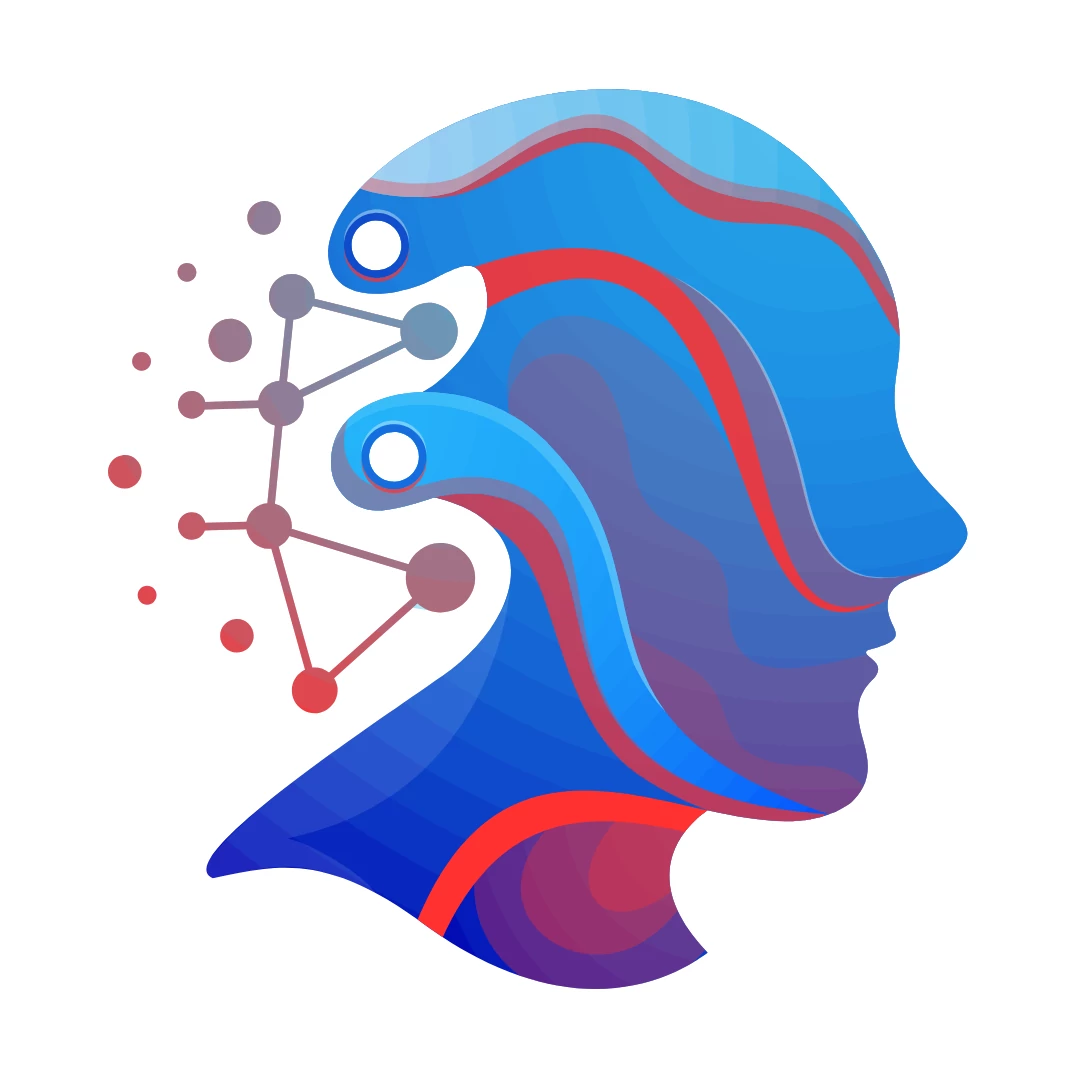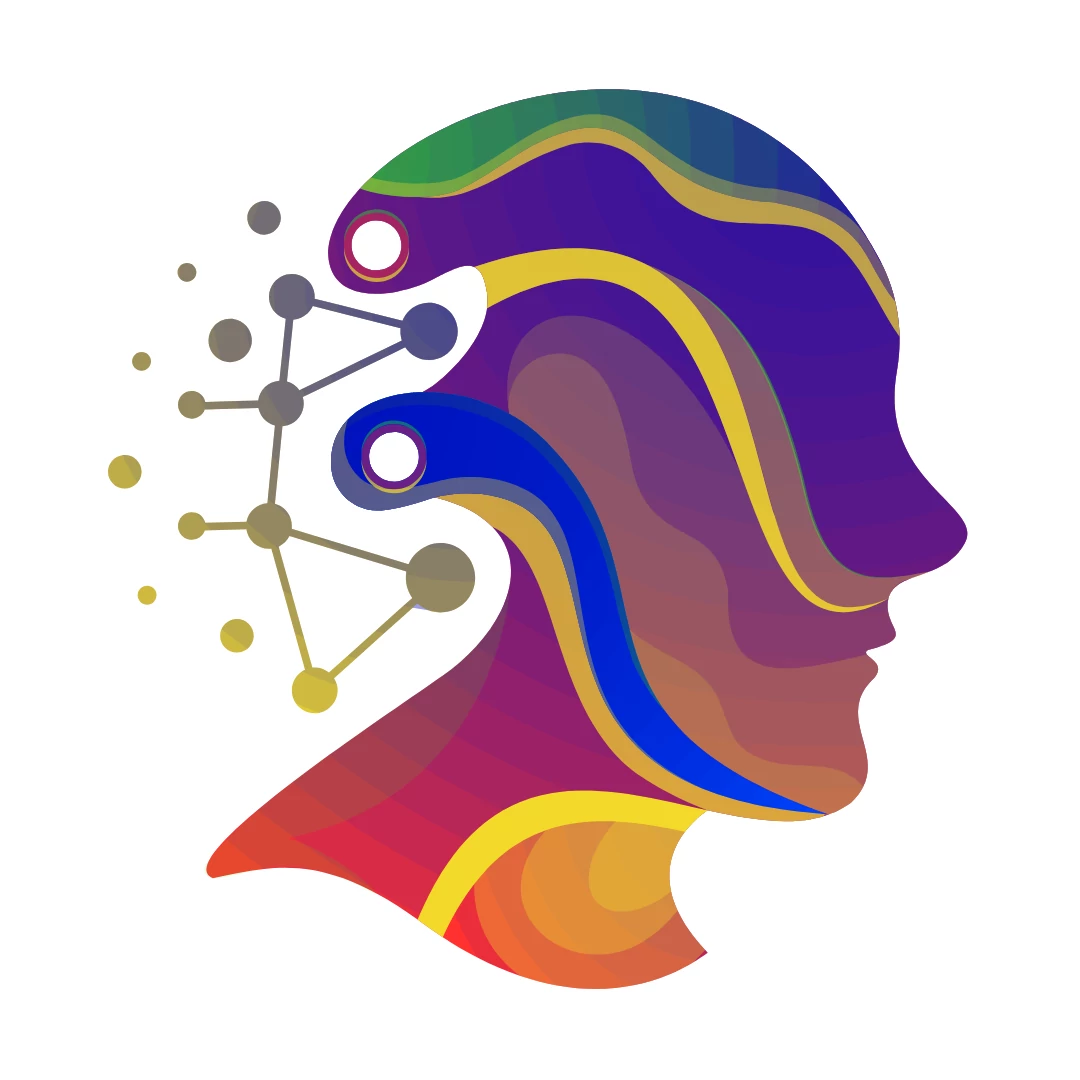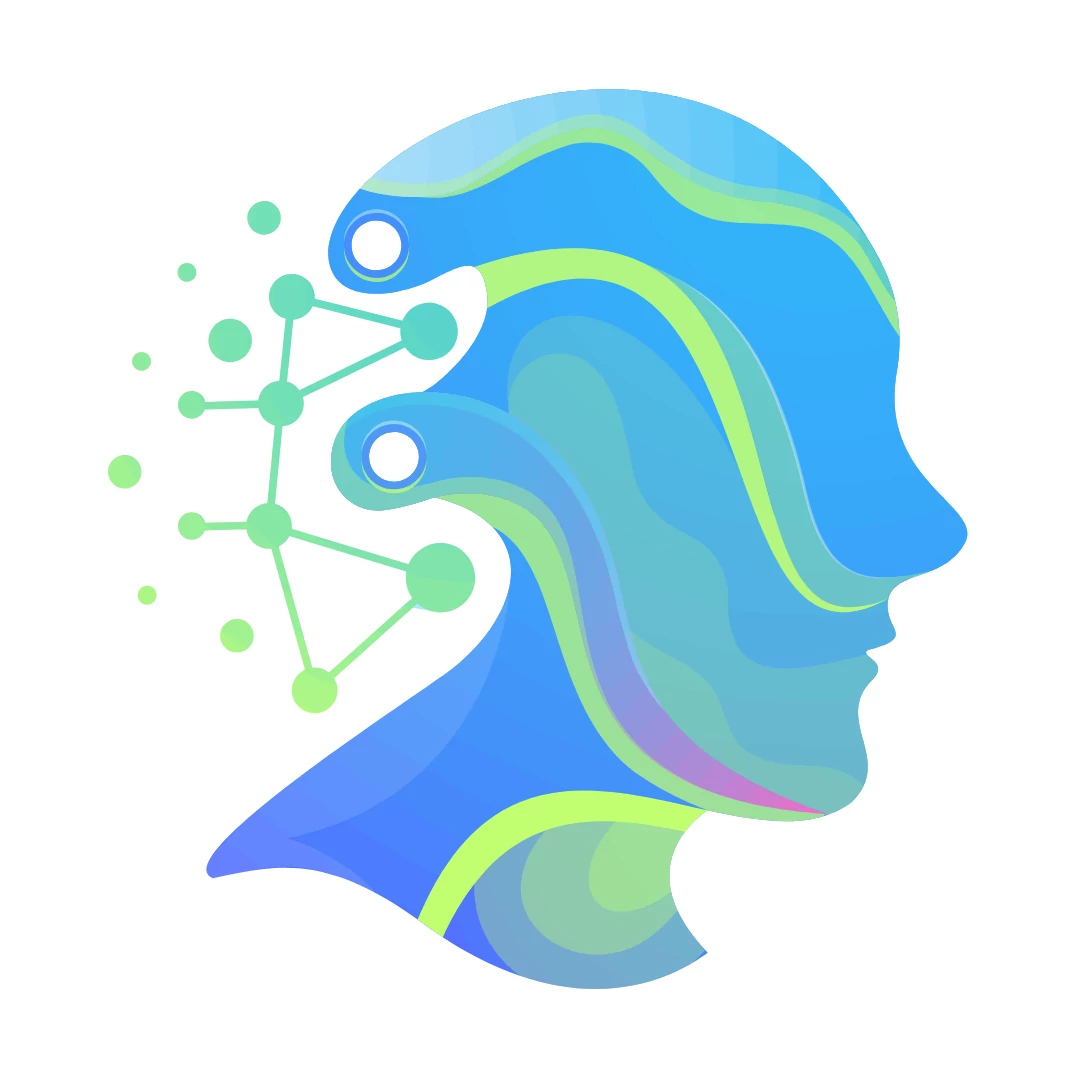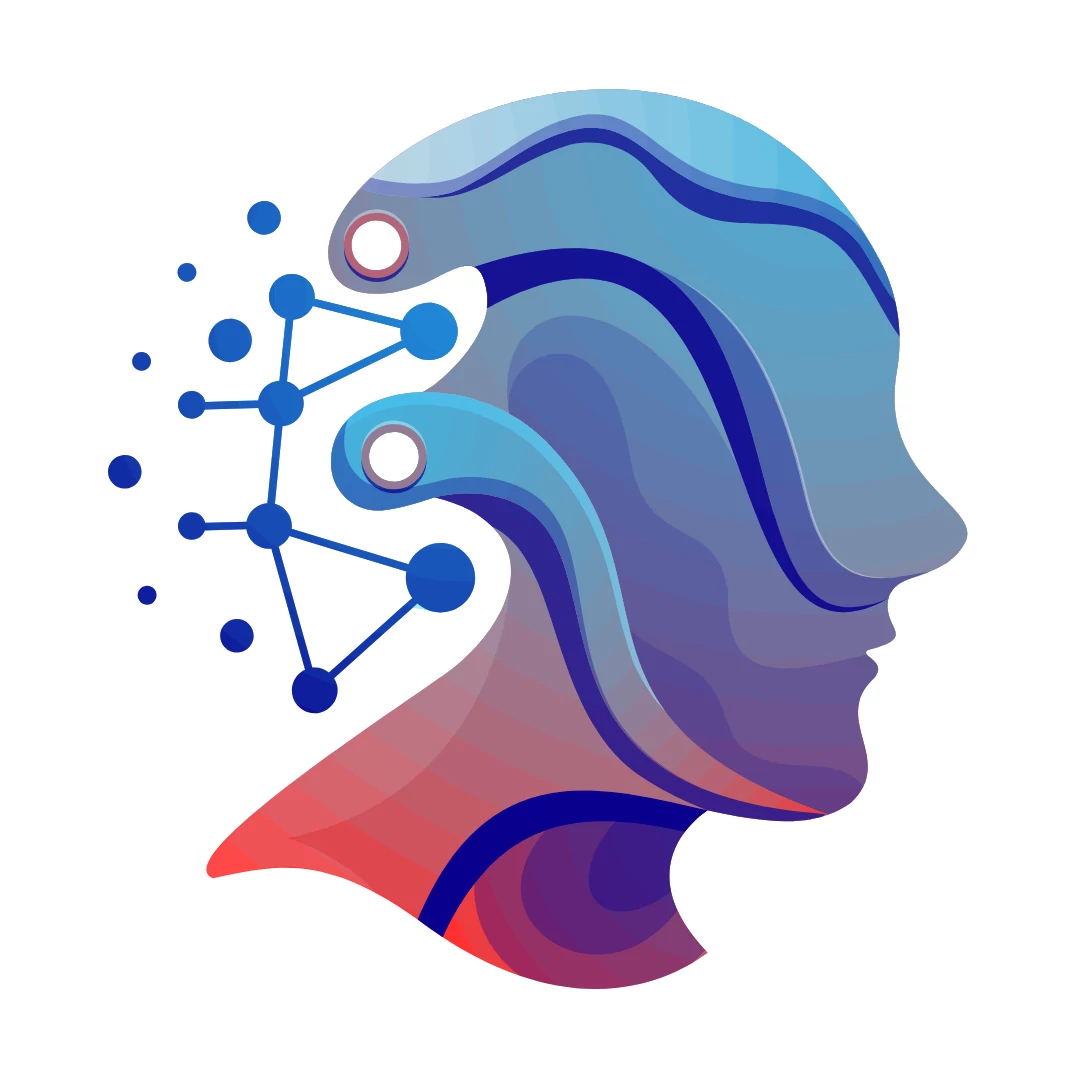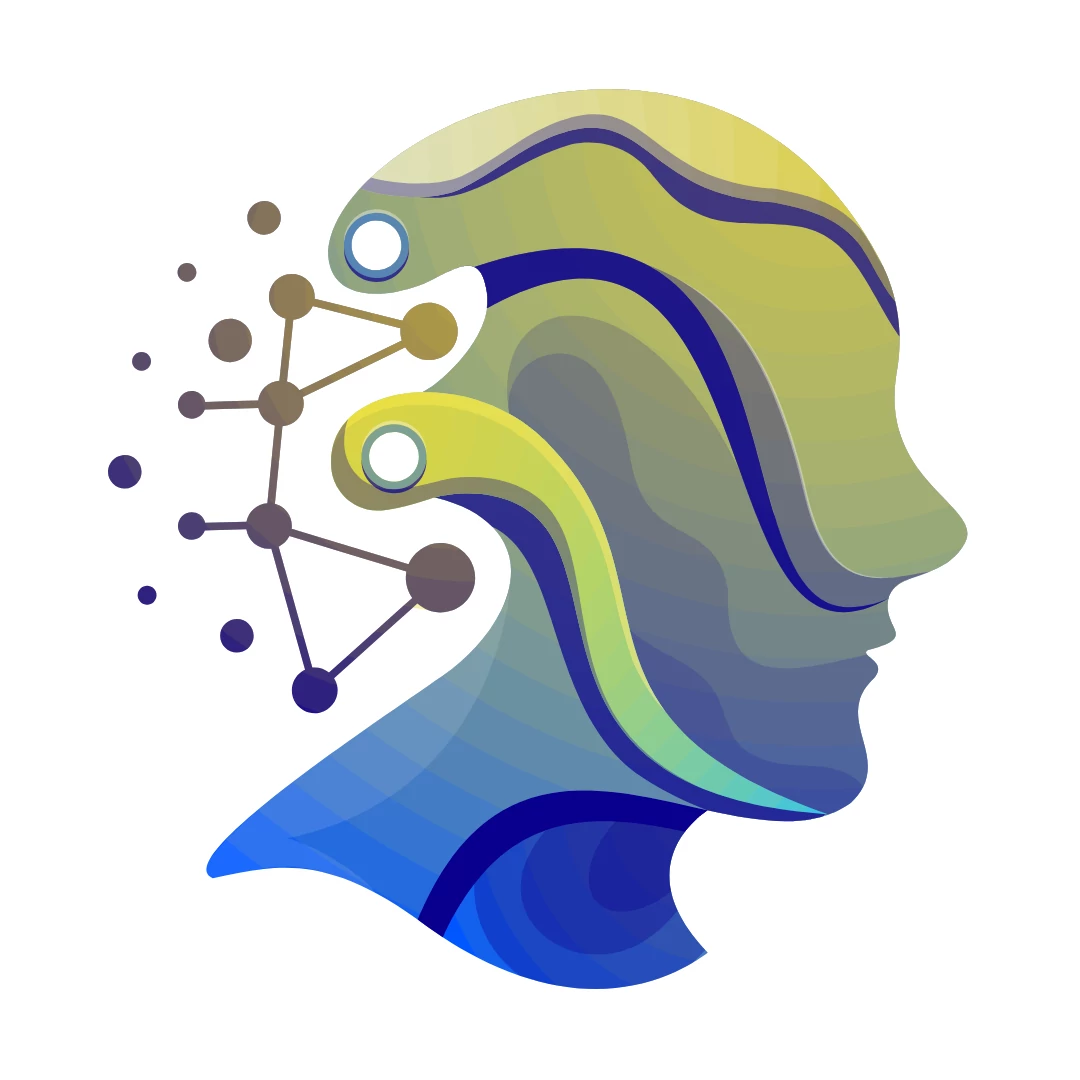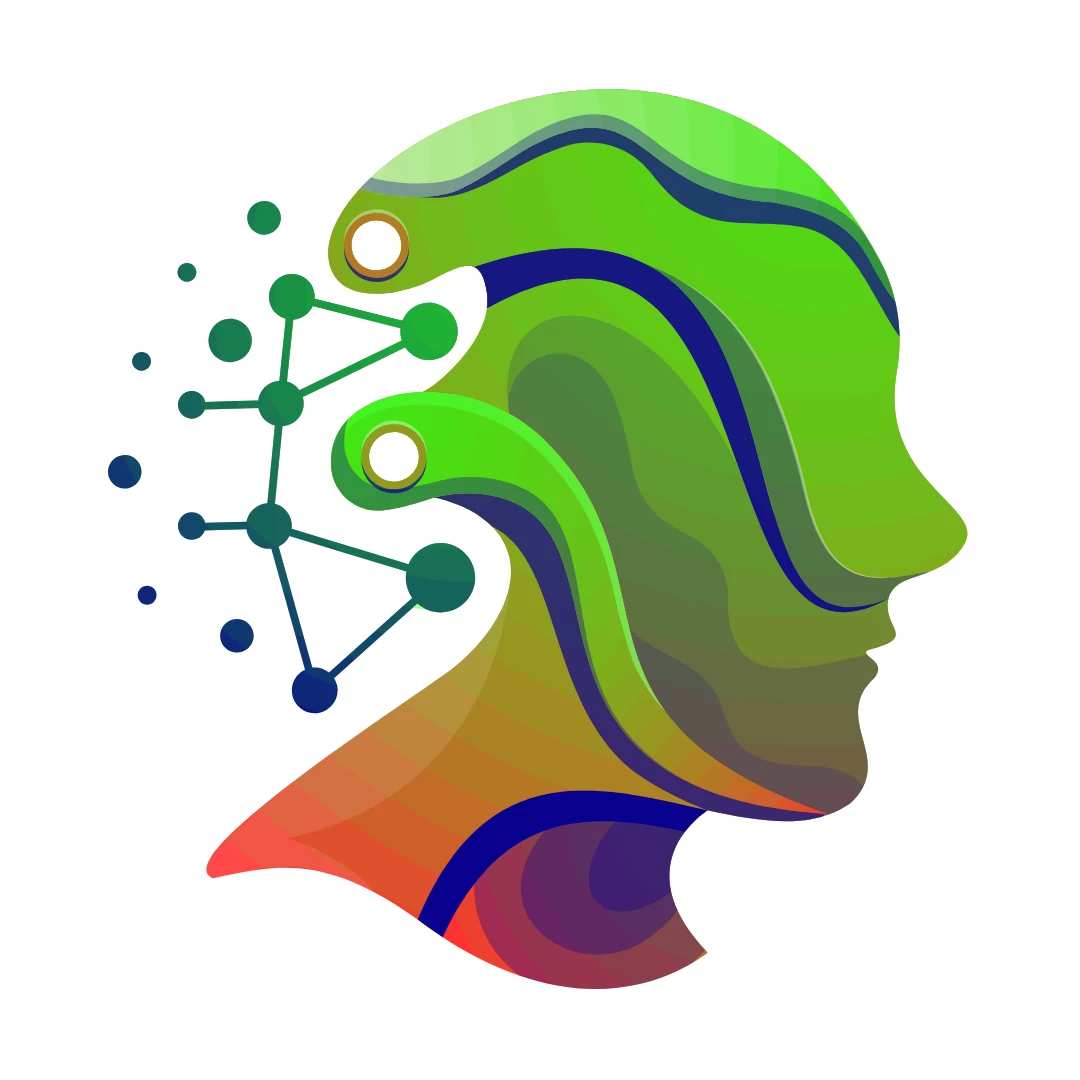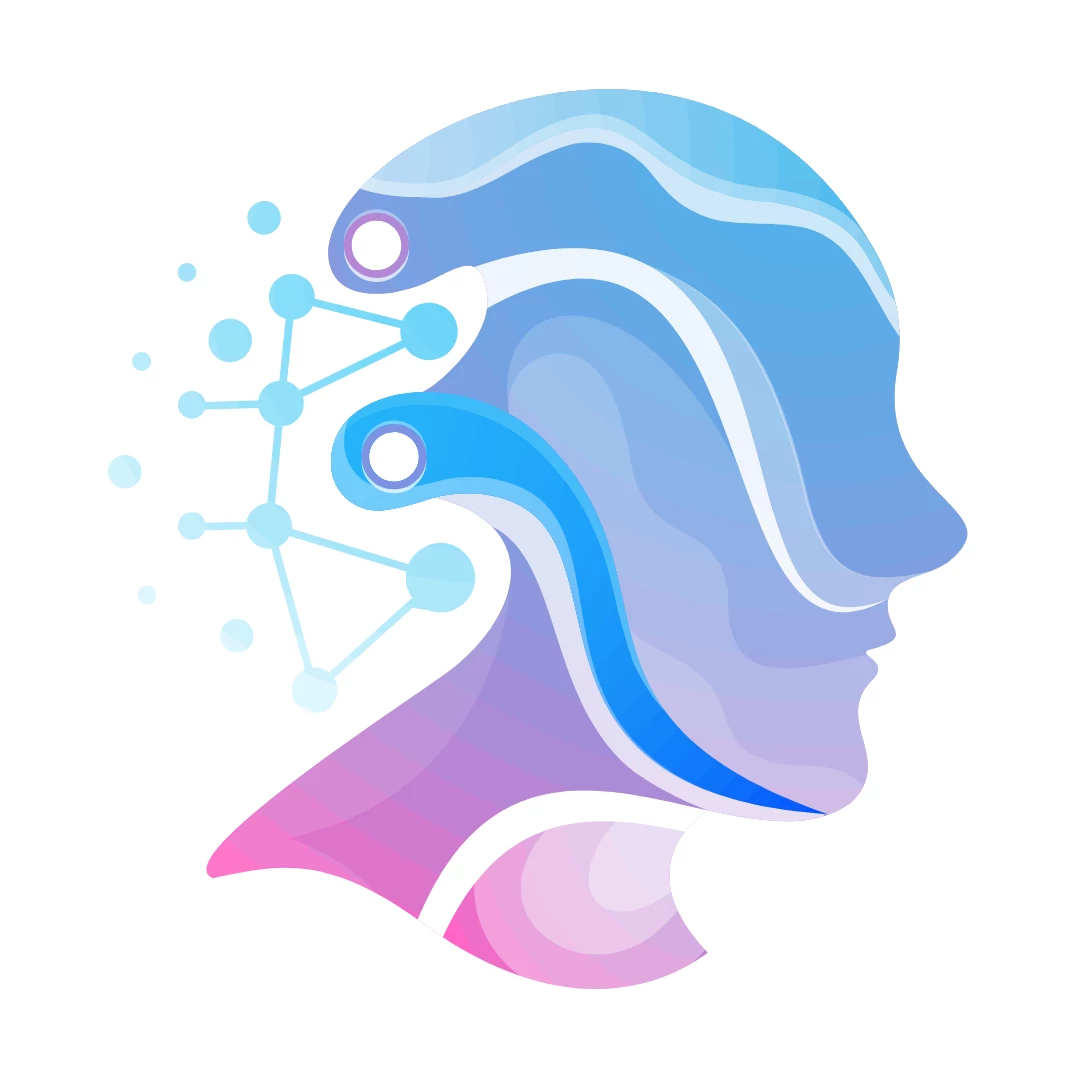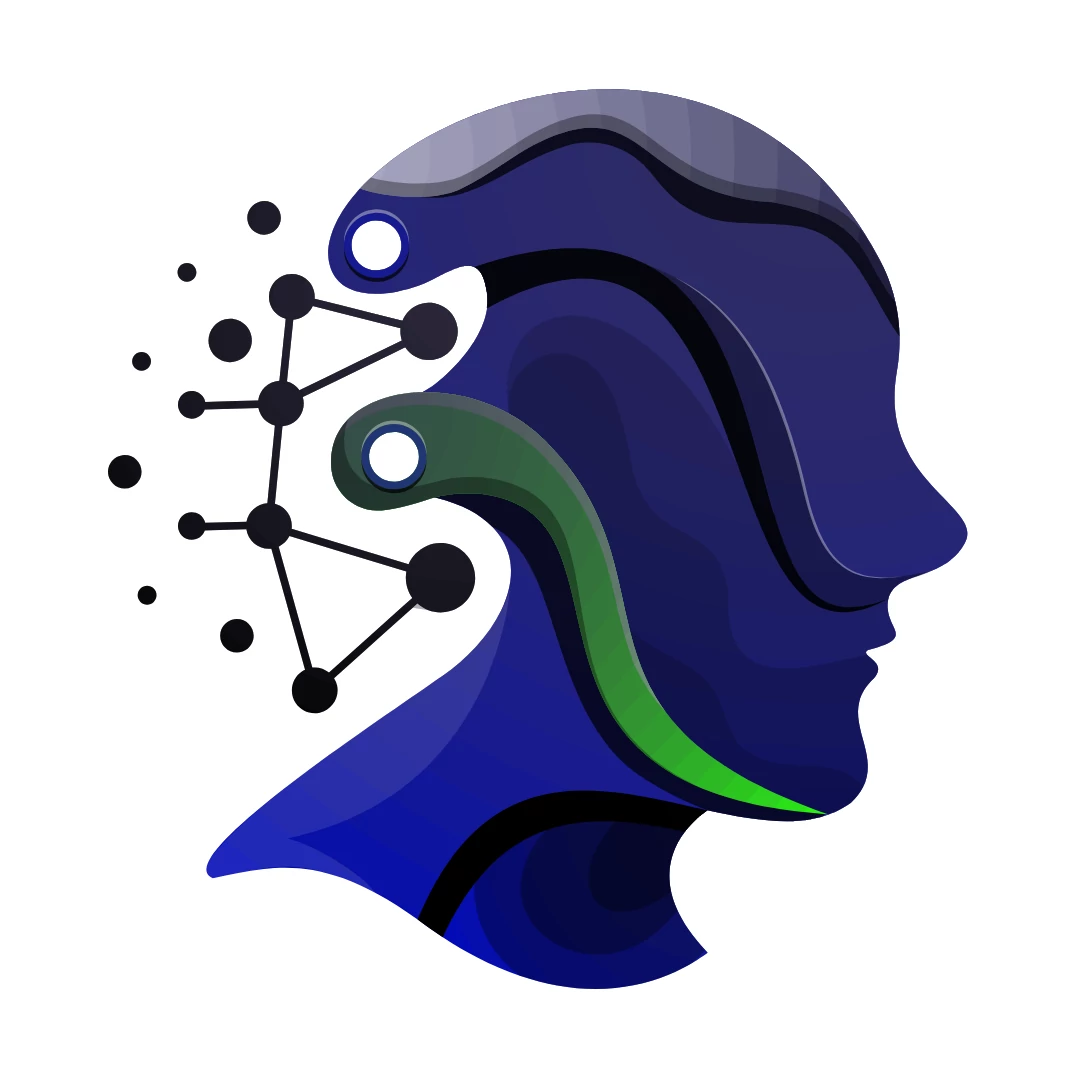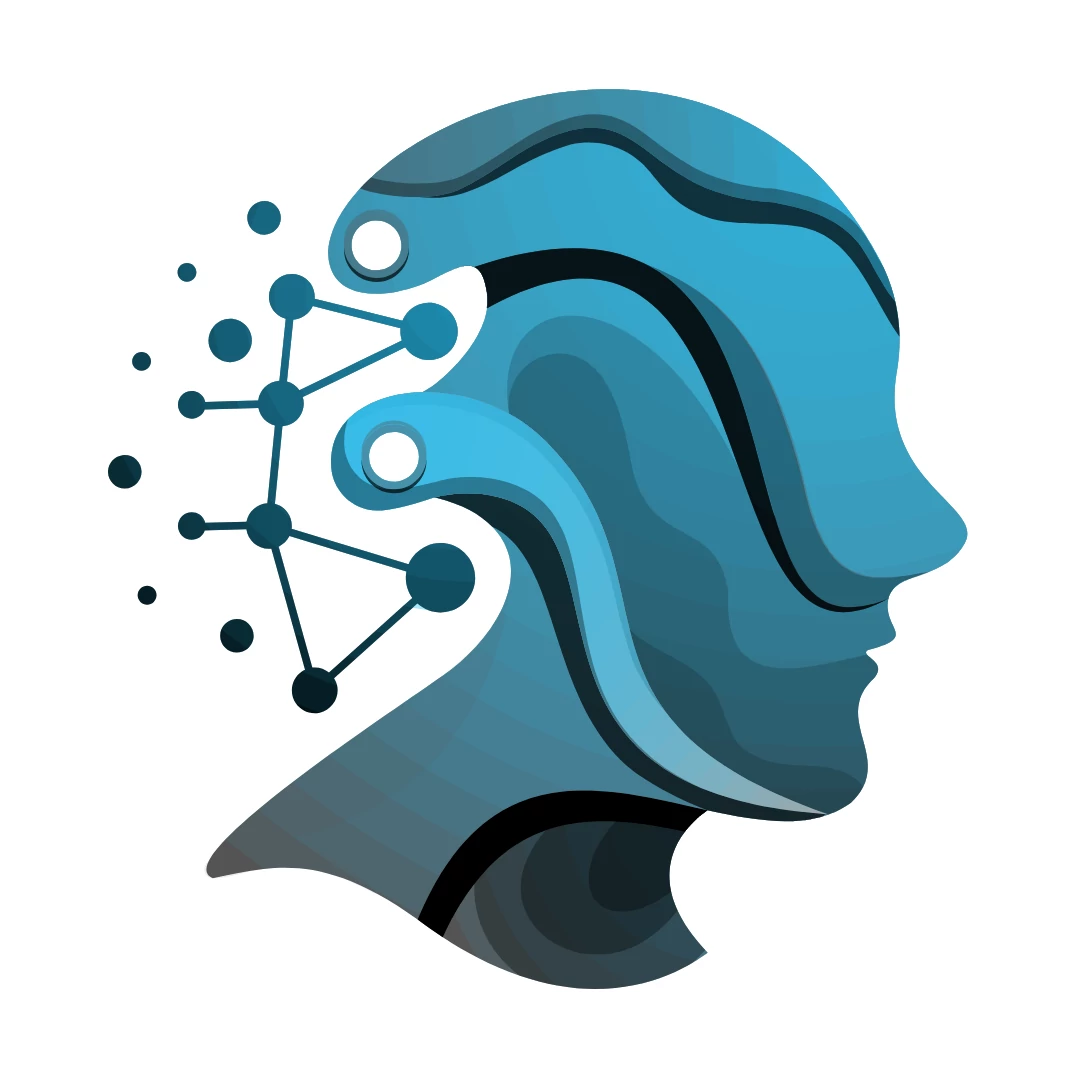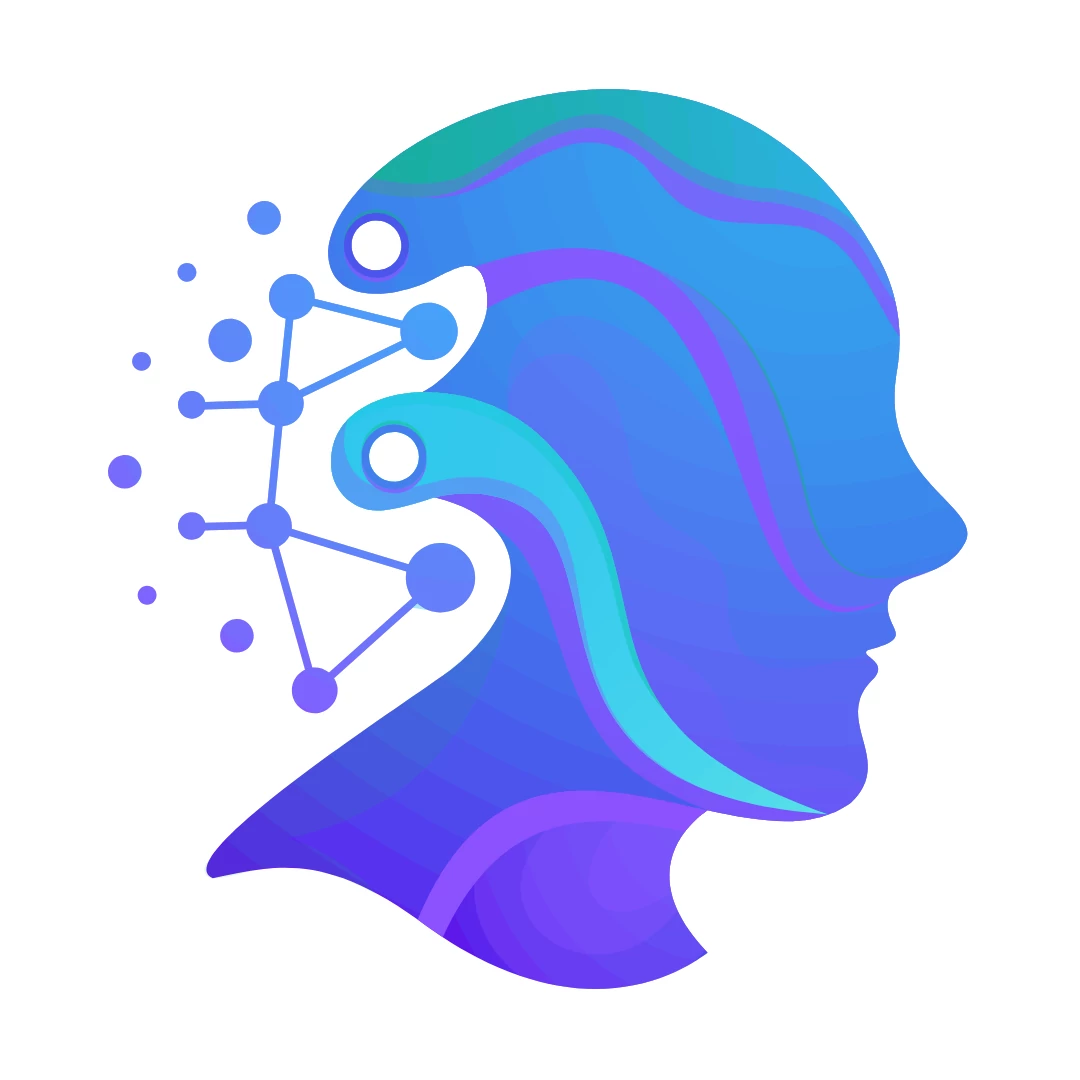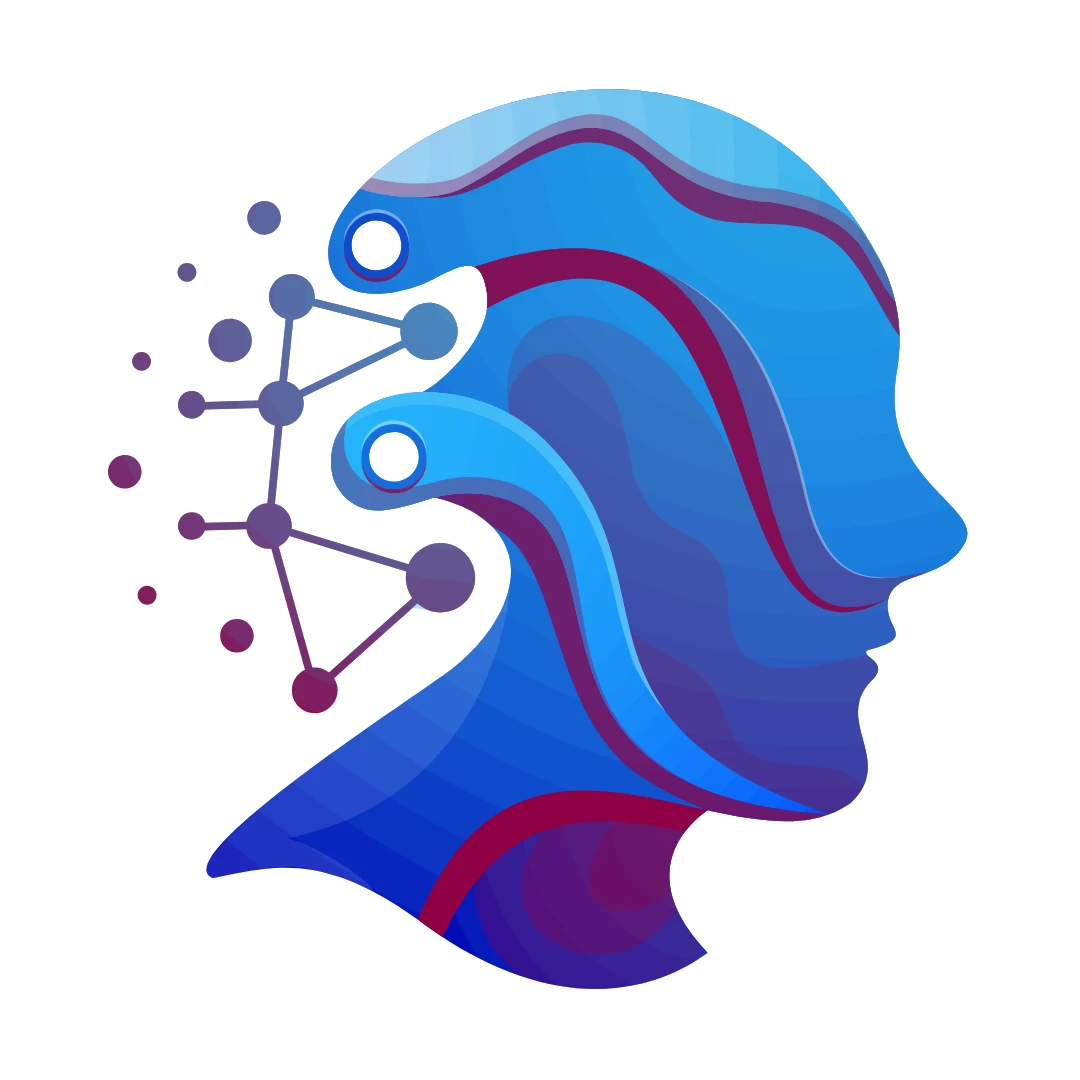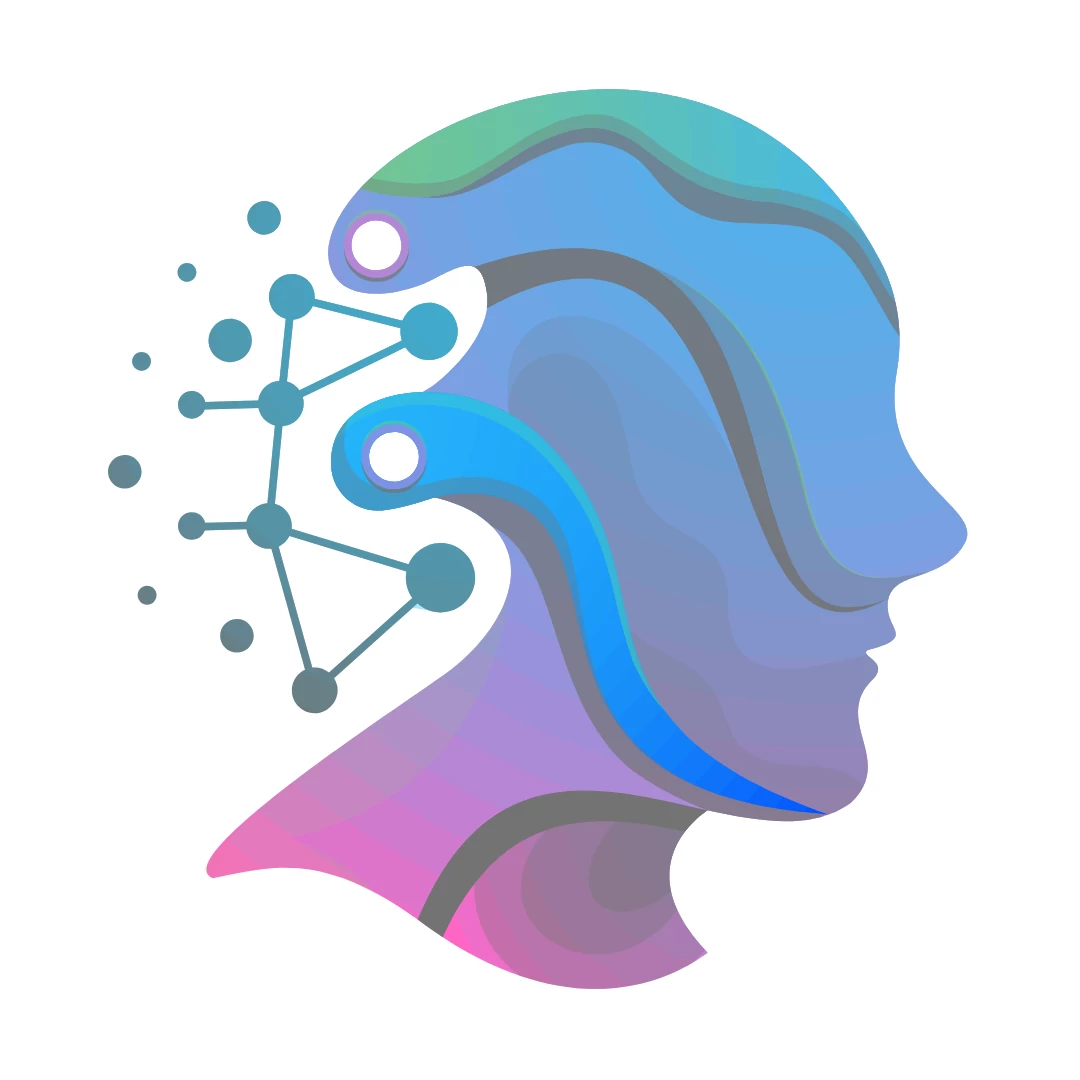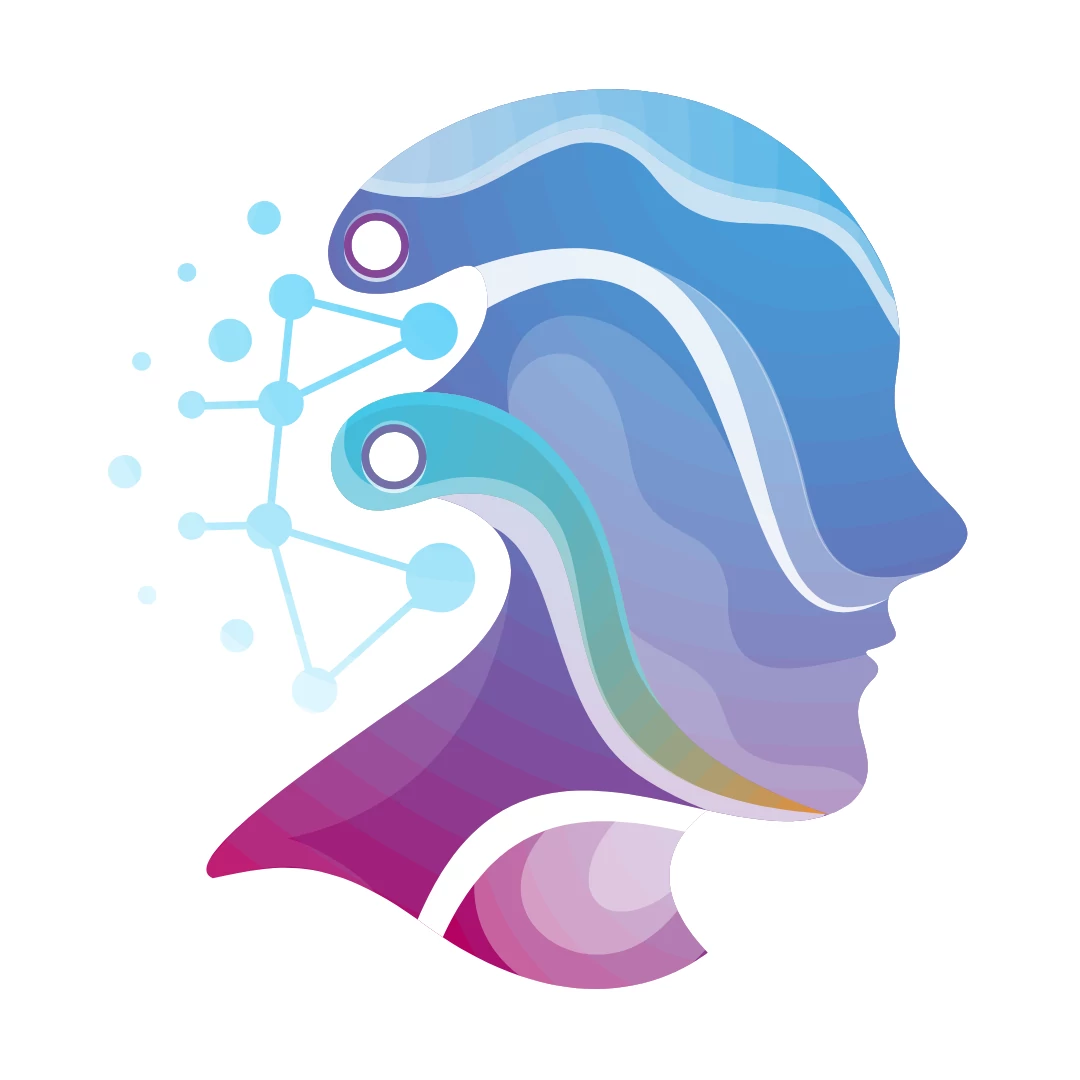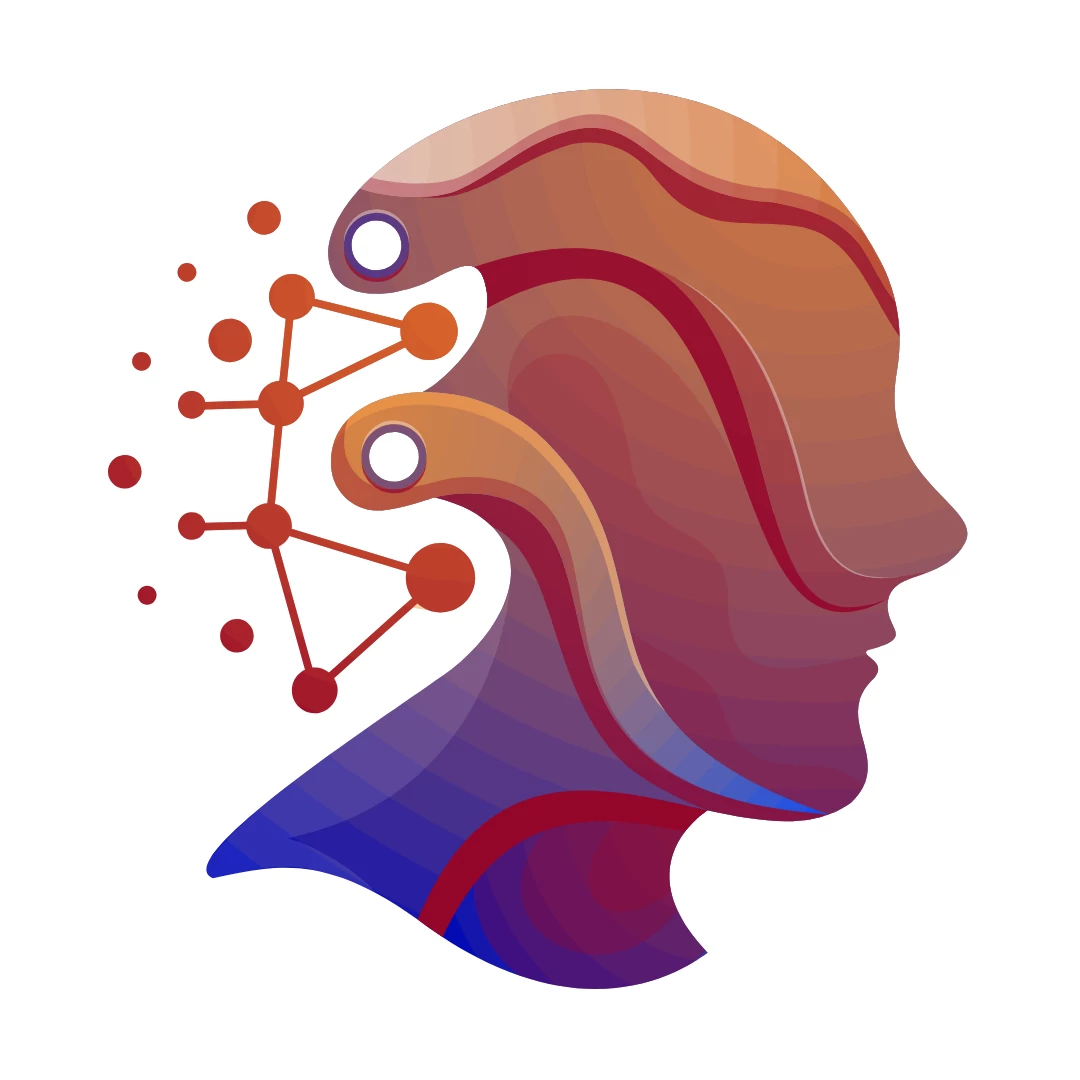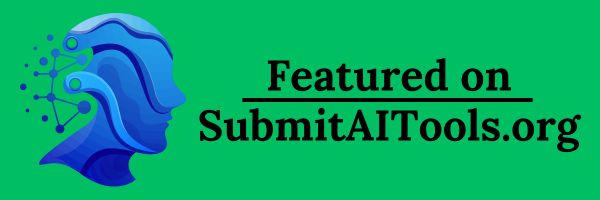Hugging Face
AI community building the future
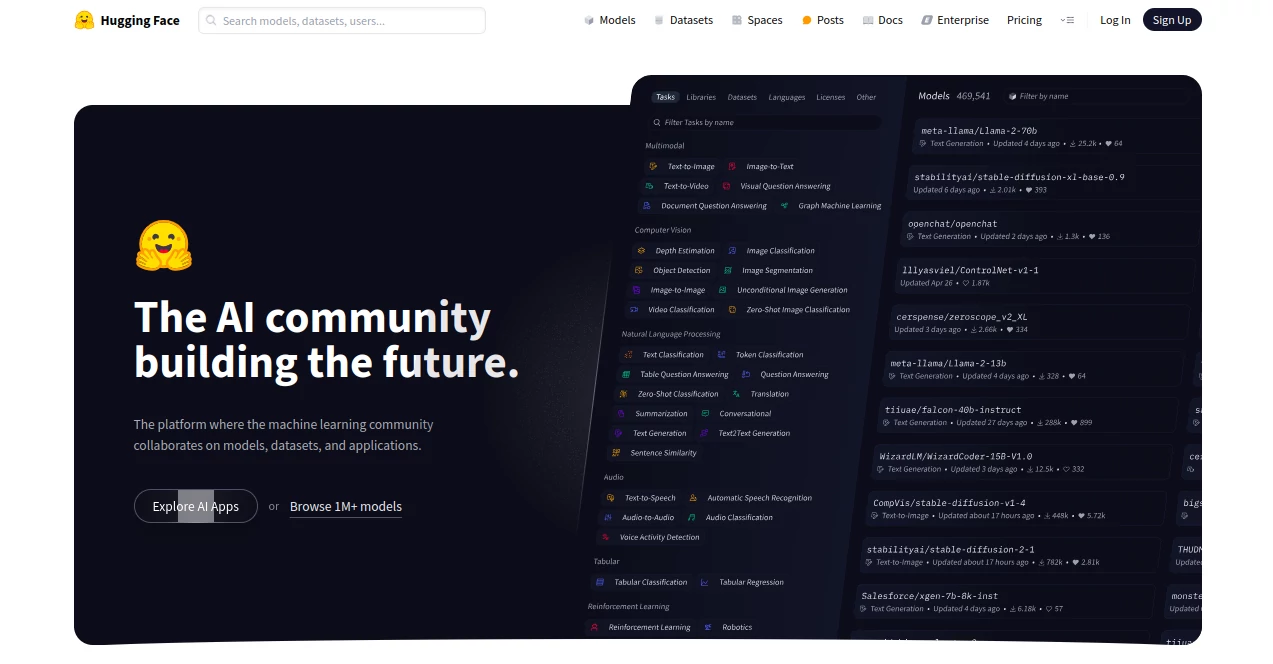
What is Hugging Face?
Exploring Hugging Face: The Hub of Open-Source AI Innovation
In the rapidly evolving world of artificial intelligence (AI), few platforms have made as significant an impact as Hugging Face. Accessible at https://huggingface.co, this website has become a cornerstone for developers, researchers, and enthusiasts looking to harness the power of machine learning (ML), particularly in natural language processing (NLP), computer vision, and audio applications. Often dubbed the "GitHub of machine learning," Hugging Face stands out for its commitment to open-source principles, community collaboration, and democratizing access to cutting-edge AI technologies. In this article, we’ll dive deep into what makes Hugging Face a unique and indispensable resource, exploring its history, tools, ecosystem, and why it’s a go-to platform for anyone interested in AI innovation.
A Brief History of Hugging Face
Hugging Face was founded in 2016 by three French entrepreneurs—Clément Delangue, Julien Chaumond, and Thomas Wolf—in New York City. Initially, the company set out to create a chatbot application aimed at teenagers, named after the popular "hugging face" emoji (). However, the team quickly pivoted after open-sourcing the model behind their chatbot, recognizing a broader opportunity to support the AI community. This shift marked the beginning of Hugging Face’s transformation into a platform focused on providing tools, libraries, and resources for machine learning practitioners. Since then, it has grown exponentially, attracting investments from tech giants like Google, Amazon, and Nvidia, and achieving a valuation of $4.5 billion by 2023 following a $235 million Series D funding round.
The Core of Hugging Face: The Transformers Library
At the heart of Hugging Face’s offerings is its Transformers library, a powerful open-source Python package designed to simplify the use of transformer models. Transformers, a type of neural network architecture introduced in 2017, revolutionized NLP by enabling models like BERT, GPT, and T5 to achieve state-of-the-art performance in tasks such as text classification, translation, and question answering. The Hugging Face Transformers library makes these complex models accessible by providing pre-trained implementations that work seamlessly with popular deep learning frameworks like PyTorch, TensorFlow, and JAX.
What sets this library apart is its user-friendly design. Developers can download a pre-trained model, fine-tune it for a specific task, and deploy it with just a few lines of code. For example, a sentiment analysis task can be accomplished using the pipeline API in Transformers, which abstracts away much of the complexity of model setup and tokenization. This ease of use has made the library a favorite among both beginners and seasoned AI professionals, contributing to its widespread adoption—evidenced by over 115,000 stars on GitHub.
The Hugging Face Hub: A Collaborative Ecosystem
Beyond the Transformers library, the Hugging Face Hub (accessible directly via https://huggingface.co) serves as the platform’s central repository and community space. The Hub hosts over 1 million models, 450,000 datasets, and 680,000 applications (known as "Spaces"), all contributed by a global community of users. This vast collection covers a wide range of tasks across multiple domains, including NLP (e.g., text generation, summarization), computer vision (e.g., image classification, object detection), and audio (e.g., speech recognition, audio classification).
The Hub operates much like a Git-based version control system, allowing users to upload, version, and share their models and datasets. Each model comes with a "model card," a detailed documentation page that outlines its purpose, training data, performance metrics, and potential biases—promoting transparency and responsible AI use. Similarly, datasets are accompanied by "dataset cards" and a viewer that lets users explore the data interactively in their browser. This collaborative approach fosters an environment where knowledge and resources are freely shared, accelerating innovation and reducing the barriers to entry for AI development.
Tools and Libraries Beyond Transformers
Hugging Face’s ecosystem extends far beyond the Transformers library and the Hub. The platform offers a suite of additional tools to support various aspects of machine learning workflows:
Datasets: This library simplifies the process of accessing, processing, and sharing datasets. With a single line of code, users can load massive datasets from the Hub, even streaming them if they’re too large to fit in memory.
Evaluate: A tool for assessing model performance, Evaluate provides standardized metrics and benchmarks to ensure consistent and reliable evaluation.
Gradio: This library enables users to create interactive web-based demos (Spaces) for their models, making it easy to showcase and test AI applications directly in the browser.
Diffusers: Focused on generative AI, Diffusers supports tasks like image generation (e.g., Stable Diffusion), offering optimized pipelines for diffusion models.
These tools collectively empower users to build end-to-end ML projects, from data preparation to deployment, all within the Hugging Face ecosystem.
Spaces: Bringing AI to Life
One of the most exciting features of Hugging Face is Spaces, a platform for hosting interactive ML demos. Spaces allow users to create web applications powered by their models, ranging from simple prototypes to fully functional tools. For instance, you might encounter a Space that translates text across 200 languages, generates images from prompts, or transcribes audio in real time. These demos are hosted on the Hugging Face infrastructure, making them accessible to anyone with an internet connection. Spaces not only serve as a playground for experimentation but also as a way to showcase AI projects to the world, bridging the gap between development and real-world application.
Enterprise Solutions and Partnerships
While Hugging Face is deeply rooted in open-source ideals, it also caters to businesses through its Enterprise Hub. This premium offering provides private hosting, enhanced security, and advanced deployment options (SaaS or on-premises) for organizations needing scalable AI solutions. Partnerships with major tech players like Amazon Web Services (AWS), Google Cloud, and NVIDIA have further expanded its reach, integrating Hugging Face tools into cloud ecosystems and optimizing them for cutting-edge hardware like AWS’s Trainium chips. These collaborations underscore Hugging Face’s role as a bridge between open-source innovation and commercial applications.
Why Hugging Face Matters
Hugging Face’s significance lies in its mission to democratize AI. By providing free access to pre-trained models, datasets, and tools, it levels the playing field, enabling startups, researchers, and hobbyists to compete with tech giants who once dominated AI development due to their vast resources. The platform’s community-driven approach fosters collaboration, with users contributing to a shared knowledge base that benefits everyone. Moreover, its emphasis on transparency—through model cards and open documentation—promotes ethical AI development, addressing concerns like bias and misuse.
As of April 2025, Hugging Face continues to evolve, with initiatives like its partnership with Meta and UNESCO to support low-resource languages and its acquisition of XetHub to enhance data management capabilities. These efforts reflect its commitment to pushing the boundaries of AI while staying true to its open-source roots.
Getting Started with Hugging Face
For those eager to explore Hugging Face, getting started is straightforward. Visit https://huggingface.co, sign up for a free account, and browse the Hub to find models, datasets, or Spaces that pique your interest. If you’re a developer, install the Transformers library via pip (pip install transformers) and experiment with a pre-trained model. The official documentation and community forums provide ample support, making it accessible even for beginners.
Conclusion
Hugging Face is more than just a website—it’s a thriving ecosystem that empowers the AI community to build, share, and innovate. From its transformative Transformers library to its collaborative Hub and interactive Spaces, it offers a wealth of resources that make AI development more accessible, transparent, and inclusive. Whether you’re a seasoned data scientist or a curious newcomer, Hugging Face invites you to join its mission to advance AI through open-source collaboration. Visit https://huggingface.co today and discover how you can contribute to shaping the future of artificial intelligence.
Other .
These classifications represent its core capabilities and areas of application. For related tools, explore the linked categories above.
